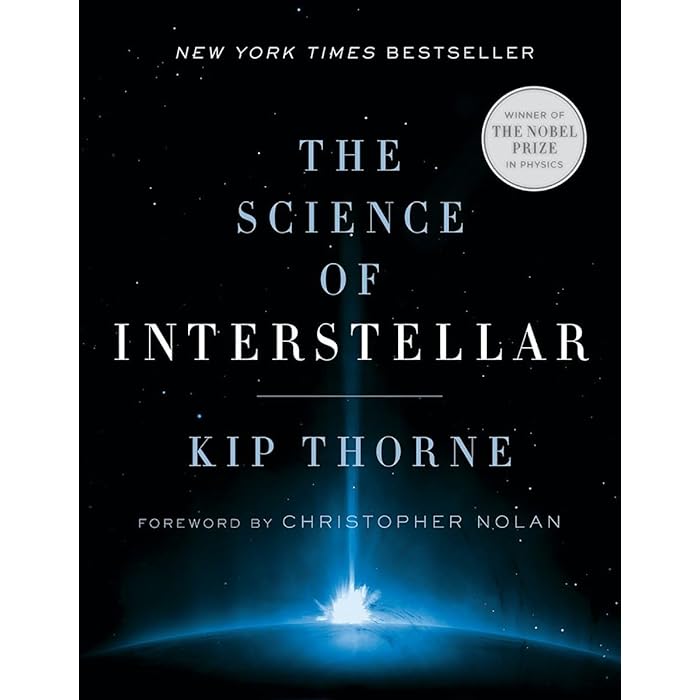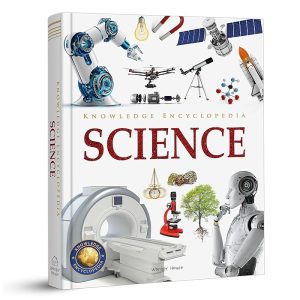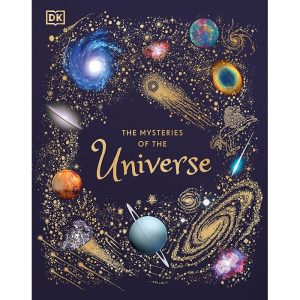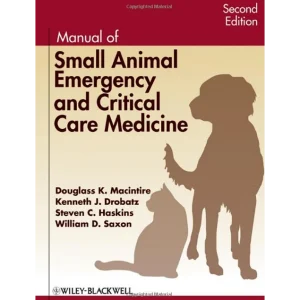Description
*Interstellar* (2014), directed by Christopher Nolan, is a science fiction film that explores space travel, black holes, relativity, and the potential future of humanity. While the movie is primarily a work of fiction, it incorporates a range of scientific principles and concepts, many of which were developed in collaboration with physicist Kip Thorne, a Nobel laureate and expert in the field of gravitational physics. Here’s a breakdown of some of the key scientific concepts featured in *Interstellar*:
### 1. **Black Holes**
One of the most prominent features in the movie is the black hole *Gargantua*. A black hole is a region in space where gravity is so strong that not even light can escape from it. The visual depiction of Gargantua was scientifically accurate, with the swirling accretion disk of matter surrounding the event horizon (the “point of no return”).
**Scientific Accuracy:**
Kip Thorne worked with visual effects artists to ensure that the depiction of the black hole was as accurate as possible. The simulation of light bending around the black hole due to its extreme gravitational pull was groundbreaking, and this scientific rigor led to new insights into the behavior of light near black holes.
### 2. **Time Dilation (Relativity)**
One of the most mind-bending elements of the movie is the time dilation effect caused by the immense gravity of Gargantua. As time slows down near a massive object like a black hole, the characters experience time differently than those farther away. In particular, on the planet near the black hole (Miller’s planet), one hour equals seven years on Earth.
**Scientific Basis:**
Time dilation is a concept from Einstein’s theory of General Relativity. When you are near a massive object like a black hole, the curvature of spacetime causes time to pass more slowly relative to an observer farther away from the gravitational source. This phenomenon is real and has been observed experimentally, such as with clocks on GPS satellites that experience a slight time difference compared to clocks on Earth due to their relative velocities and altitudes.
### 3. **Wormholes**
In the film, a wormhole near Saturn serves as a portal to another galaxy, allowing humans to potentially find a new habitable planet. A wormhole is a hypothetical tunnel-like structure that connects distant points in spacetime.
**Scientific Basis:**
Wormholes are a possible solution to the equations of General Relativity, and while no wormhole has been observed, they are theoretically possible. If they exist, they could potentially allow for faster-than-light travel between distant parts of the universe. However, they are speculative, and even if they exist, stabilizing them for travel would require exotic forms of matter.
### 4. **The Fifth Dimension (Tesseract)**
At the film’s climax, Cooper (Matthew McConaughey) enters a tesseract, a 4-dimensional space where he can interact with time as though it were a physical dimension. This is represented as a vast library of time, with Cooper able to communicate with his daughter through different moments in her past.
**Scientific Basis:**
The idea of the “fifth dimension” is inspired by string theory, which suggests that the universe has more than the familiar three spatial dimensions and one time dimension. In some versions of string theory, there are extra spatial dimensions beyond the ones we can perceive. However, the movie’s portrayal of a tesseract is more metaphorical than scientifically accurate.
### 5. **Planets and Habitability**
Several planets in the movie are considered as potential new homes for humanity, each having different characteristics:
– **Miller’s Planet** (near Gargantua) has enormous tidal waves due to the gravitational forces exerted by the black hole.
– **Mann’s Planet** is covered in clouds and an inhospitable environment with freezing temperatures.
– **Edmund’s Planet** is depicted as Earth-like, with the potential for human colonization.
**Scientific Basis:**
The search for habitable planets, or “exoplanets,” is a major area of current astrophysical research. Factors like distance from a star, the star’s type, the planet’s atmosphere, and its gravitational conditions all play a role in determining whether a planet could support life. However, the extreme tidal forces near Gargantua in the film would likely destroy any planets in such close proximity to a black hole.
### 6. **The End of the World (Environmental Collapse)**
In *Interstellar*, Earth is dying due to a global crop blight and dust storms, which are slowly making the planet uninhabitable. The film explores the idea of humanity needing to escape Earth due to environmental collapse.
**Scientific Basis:**
While *Interstellar* imagines an apocalyptic future where Earth’s resources are exhausted, current scientific research focuses on the real-world threats of climate change, overpopulation, and resource depletion. The film’s emphasis on finding another planet to colonize reflects the ongoing search for exoplanets that could potentially support human life.
### 7. **Gravitational Waves**
Gravitational waves, which are ripples in spacetime caused by accelerated masses (like merging black holes), play a role in *Interstellar*’s scientific framework. These waves were first predicted by Einstein and were detected in real life in 2015, a year after the release of the film.
**Scientific Basis:**
Gravitational waves are a real phenomenon and were observed by the Laser Interferometer Gravitational-Wave Observatory (LIGO) after decades of research. Their discovery confirmed Einstein’s general theory of relativity and opened up a new way to study the universe.
### 8. **The Blight**
In the film, a blight destroys crops and oxygen-producing plants, leading to a planetary ecological collapse. While such a blight is fictional, it highlights concerns related to agricultural sustainability, soil depletion, and the impact of climate change on food production.
**Scientific Basis:**
Blight and crop diseases are real problems that affect agriculture, and the film’s focus on such environmental collapse underscores growing concerns about biodiversity loss and the impact of industrial farming practices. However, the specific “blight” portrayed in the film is fictional, designed to emphasize the urgency of finding an alternative home for humanity.
—







Reviews
There are no reviews yet.